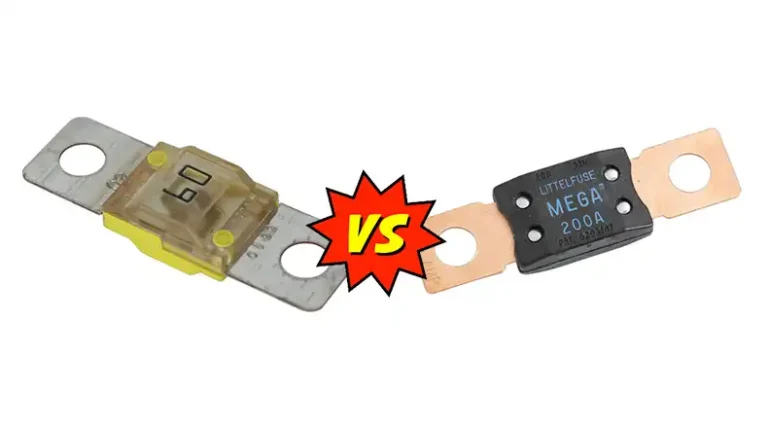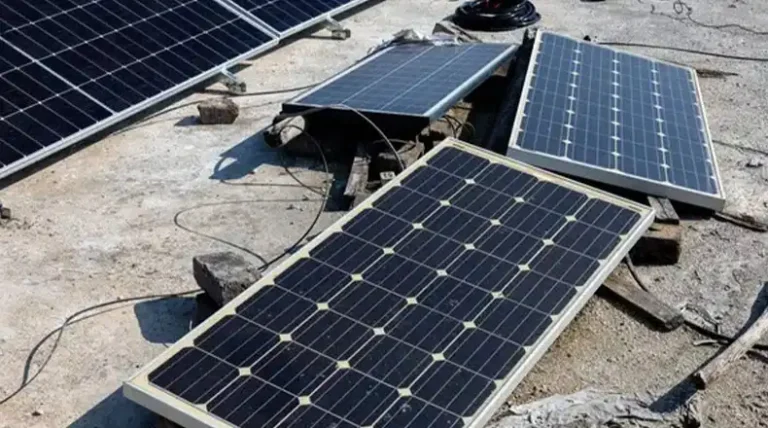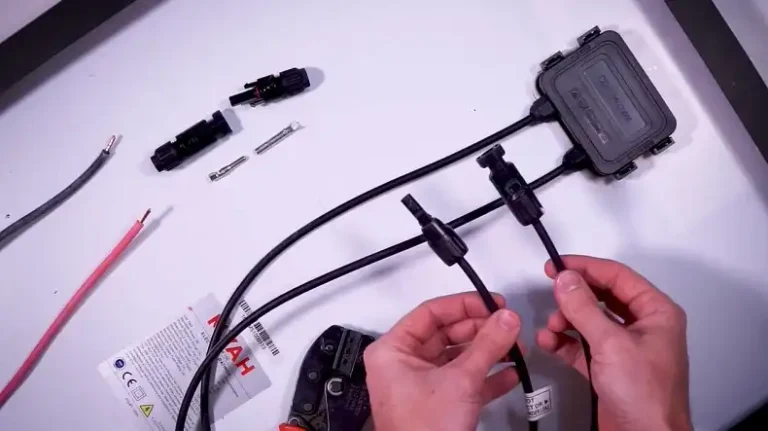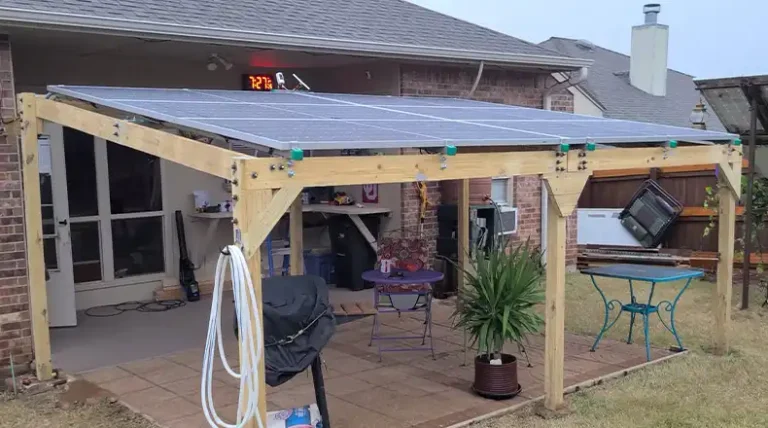The Complete Guide to 12V Solar Systems
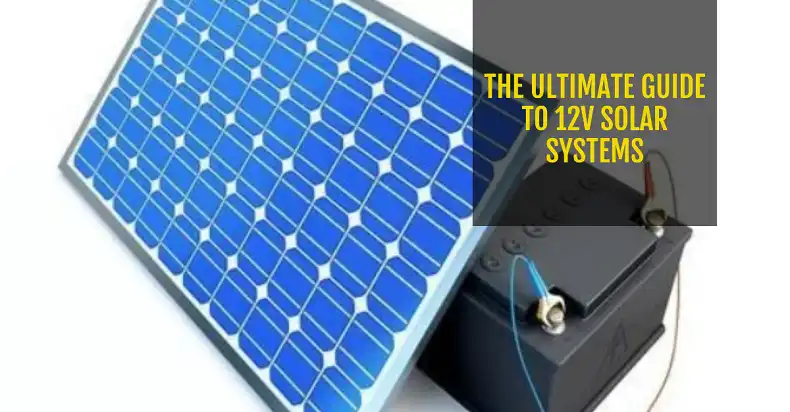
12V solar systems are a versatile option for powering various applications. Whether you’re looking to electrify your RV, boat, or small off-grid cabin, a 12V solar system might be the perfect solution. In this comprehensive guide, we will walk you through everything you need to know about these systems, from basic components to advanced tips for maximizing their efficiency.
What Are 12V Solar Systems?
A 12V solar system is a renewable energy setup that generates and stores electrical power at 12 volts DC. At its core, this system harnesses the sun’s energy through solar panels, converts it into usable electricity, and stores it in a battery for later use. The beauty of a 12V system lies in its simplicity and compatibility with a wide range of devices and appliances commonly found in mobile or off-grid settings.
The advantages of 12V solar systems are numerous. They’re relatively easy to install, maintain, and expand. They’re also highly efficient for low-power applications and can be easily integrated with existing 12V systems in vehicles or boats. Common applications include powering lights, charging phones and laptops, running small refrigerators, and operating water pumps in remote locations.
Key Components of a 12V Solar System
To fully understand how a 12V solar system works, let’s break down its essential components:
- Solar Panels: These are the heart of the system, converting sunlight into electrical energy. For a 12V system, you’ll typically use panels rated at 12V nominal voltage.
- Charge Controller: This device regulates the flow of electricity from the panels to the battery, preventing overcharging and extending battery life.
- 12V Battery: This stores the energy generated by the solar panels for use when sunlight isn’t available. Deep-cycle lead-acid or lithium batteries are commonly used.
- Inverter (Optional): If you need to power AC appliances, an inverter converts the 12V DC power to 120V AC.
- Wiring and Connectors: These components connect all parts of the system safely and efficiently.
What Can You Run with a 12V Solar System?

One of the most common questions about 12V solar systems is what appliances and devices they can power. The answer depends on the size of your system and the energy requirements of your devices, but a well-designed 12V solar setup can support a surprising range of applications. Let’s explore some common uses:
- Lighting: LED lights are highly efficient and a perfect match for 12V systems. A 100W solar panel can easily power several LED lights for many hours each day.
- Mobile Devices: Charging smartphones, tablets, and laptops is well within the capabilities of most 12V solar systems.
- Refrigeration: 12V refrigerators and coolers designed for RVs and boats can run effectively on solar power. A 50-80L fridge typically requires 30-60W and can run on a 200W system with adequate battery storage.
- Water Pumps: Small 12V water pumps for sinks or showers in off-grid cabins or RVs can be powered by a modest solar setup.
- Entertainment: 12V TVs, DVD players, and sound systems designed for RVs can be run on solar power. A 19″ LED TV might consume about 30W.
- Fans: 12V fans for ventilation or cooling use relatively little power and are great for solar setups.
- Small Kitchen Appliances: 12V versions of coffee makers, blenders, and even microwaves are available, though these may require a larger system.
Here’s a table showing approximate power consumption for common 12V devices:
| Device | Power Consumption (Watts) | Daily Usage (Hours) | Daily Energy Need (Wh) |
| LED Light (10W) | 10 | 5 | 50 |
| Laptop | 45 | 3 | 135 |
| 12V Fridge (50L) | 45 (avg) | 24 | 1080 |
| Water Pump | 100 | 0.5 | 50 |
| 19″ LED TV | 30 | 3 | 90 |
| 12V Fan | 25 | 8 | 200 |
| Smartphone Charging | 5 | 2 | 10 |
Remember, these are approximate values and can vary based on specific models and usage patterns. Always check the power requirements of your particular devices when planning your system.
For larger appliances or tools that require more power, you may need to use an inverter to convert 12V DC to 120V AC. However, this conversion process results in some energy loss, so it’s generally more efficient to use 12V appliances when possible.
Sizing Your 12V Solar System
Proper sizing is crucial for ensuring your 12V solar system meets your energy needs. Here’s a step-by-step approach:
- Calculate your daily power requirements: Make a list of all devices you plan to power, their wattage, and daily usage hours. Multiply watts by hours for each device and sum the total. Example:
- LED light (10W) used for 5 hours: 10W x 5h = 50Wh
- Laptop (45W) used for 3 hours: 45W x 3h = 135Wh Total daily usage: 185Wh
- Determine battery capacity: To account for days with less sunlight and to avoid deep discharging, multiply your daily usage by 3. In our example: 185Wh x 3 = 555Wh or 46Ah for a 12V system.
- Select appropriate solar panel wattage: As a rule of thumb, your solar panel wattage should be at least 1.3 times your daily energy usage. In our example: 185Wh x 1.3 = 240W of solar panels.
Expanding Your 12V Solar System
As your energy needs grow, you can easily expand your 12V solar system. A quick way to do that is to add more panels. To do that, ensure that your charge controller can handle the increased amperage. You may also need to upgrade to a larger controller.
When you upgrade your system, you also need to upgrade your battery capacity as well. Add batteries in parallel to increase amp-hours while maintaining 12V. Calculate the additional power requirements and adjust your system accordingly.
Remember to maintain balance in your system. If you significantly increase panel wattage, you may need to upgrade your battery bank and possibly your charge controller to handle the additional power.
Cost Considerations for 12V Solar Systems
The initial investment for a basic 12V solar system can range from $500 to $2,000, depending on components and capacity. Here’s a breakdown of typical costs:
| Component | Cost Range |
| Solar Panel (100W) | $80 – $150 |
| Charge Controller | $30 – $100 |
| 12V Battery (100Ah) | $200 – $1000 |
| Inverter (1000W) | $100 – $300 |
| Wiring and Accessories | $50 – $200 |
While the upfront cost may seem significant, the long-term savings are substantial. With minimal ongoing costs and a lifespan of 20-25 years for quality components, a 12V solar system can pay for itself in 3-7 years, depending on your energy usage and local electricity rates.
12V vs. Other Solar System Voltages Comparison
While 12V systems are popular, it’s worth comparing them to other common voltages:
| Aspect | 12V System | 24V System | 48V System |
| Efficiency | Good for small loads | Better for medium loads | Best for large loads |
| Wire Size | Larger | Smaller | Smallest |
| Inverter Options | Many | Fewer | Fewest |
| Typical Application | RVs, Boats, Small Cabins | Larger Off-Grid Homes | Commercial, Large Residential |
12V systems excel in simplicity and compatibility with many DC appliances, making them ideal for mobile and small off-grid applications.
The Bottom Line
12V solar systems offer a flexible, efficient, and environmentally friendly power solution for a wide range of applications. Whether you’re powering a weekend camping trip or living off-grid full-time, a well-designed 12V solar system can provide the energy independence you’re looking for. As technology continues to advance, these systems will only become more efficient and accessible, playing a crucial role in our transition to a sustainable energy future.

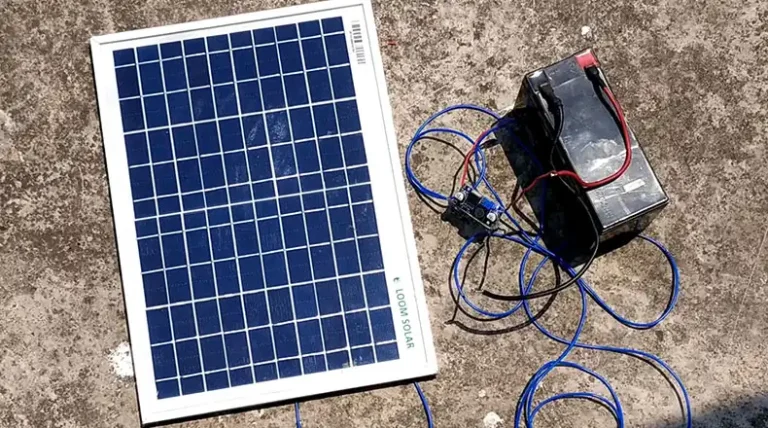
![[ANSWERED] 100 Watt Solar Panel How Many Amps?](https://www.itekenergy.com/wp-content/uploads/2023/11/100-Watt-Solar-Panel-How-Many-Amps-768x428.webp)
